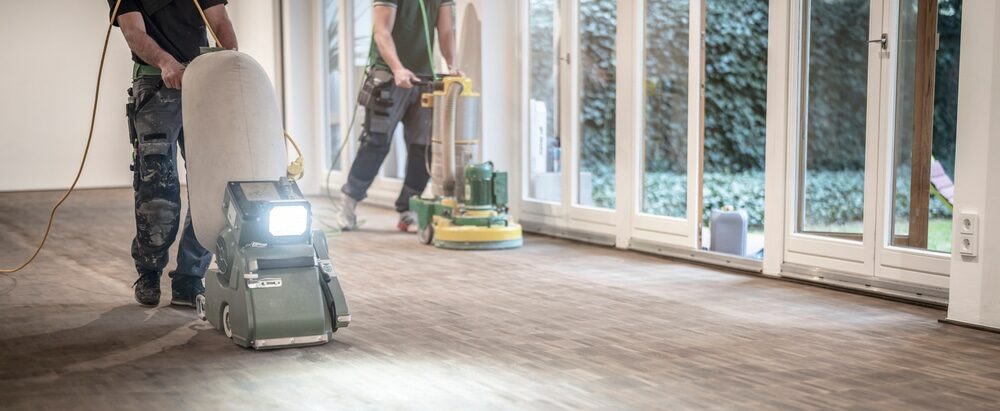London:
Nationwide:
Successfully Renovate Any Type of Wood Flooring in the Home
Posted on June 24, 2023
Blog
The Complete Guide to Successful Wood Flooring Renovation in Your Home
Renovating your wood floors can give your home a new lease on life, adding warmth, character, and value. While the process may seem daunting, understanding the steps and techniques involved can make it a manageable and rewarding task. In this comprehensive guide, we will outline the key steps to successfully renovating any type of wood flooring in your home.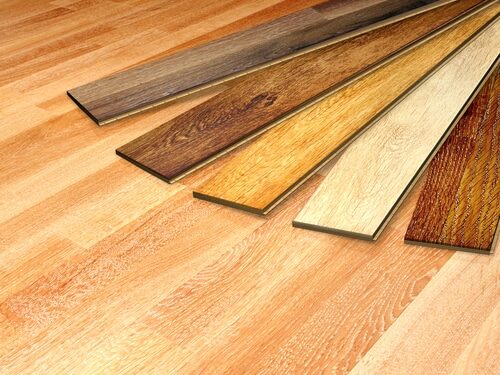
Introduction
Whether you’re dealing with vintage hardwood, modern engineered wood, or versatile laminate, each type of wood flooring requires a unique approach for renovation. The end goal is the same: a beautiful and long-lasting floor. Let’s take a look at how to achieve that for each type of wood flooring.Understanding Your Wood Flooring
Before diving into the renovation process, it’s crucial to understand the different types of wood flooring, each with its own specific characteristics.Solid Hardwood Flooring
Solid hardwood is exactly as the name suggests—solid planks of wood. It’s known for its longevity and ability to be sanded and refinished multiple times.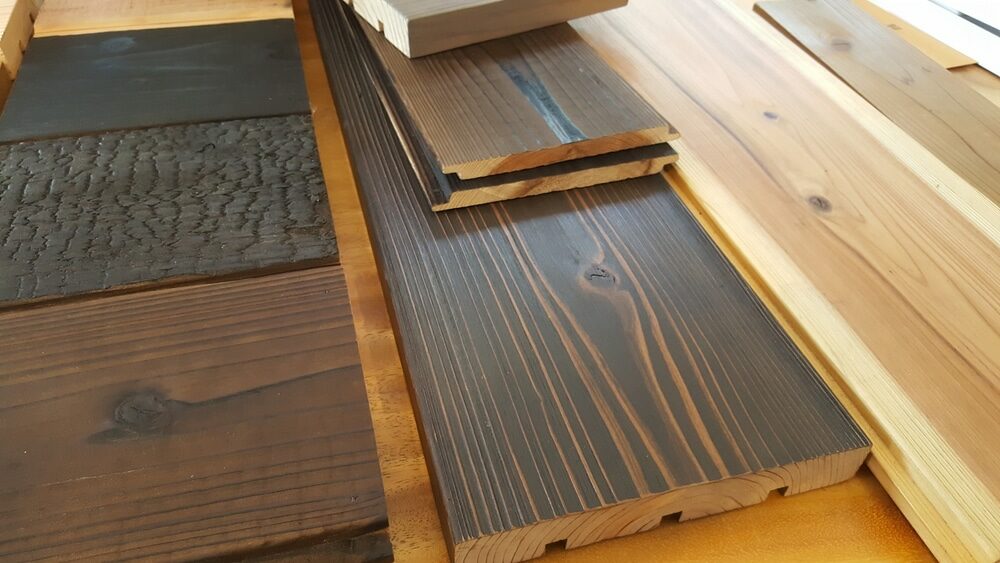
Engineered Wood Flooring
Engineered wood consists of a top layer of real hardwood veneer attached to several layers of plywood or other wood-based materials. It’s less susceptible to humidity changes than solid hardwood but can be harder to refinish because the top layer is thin.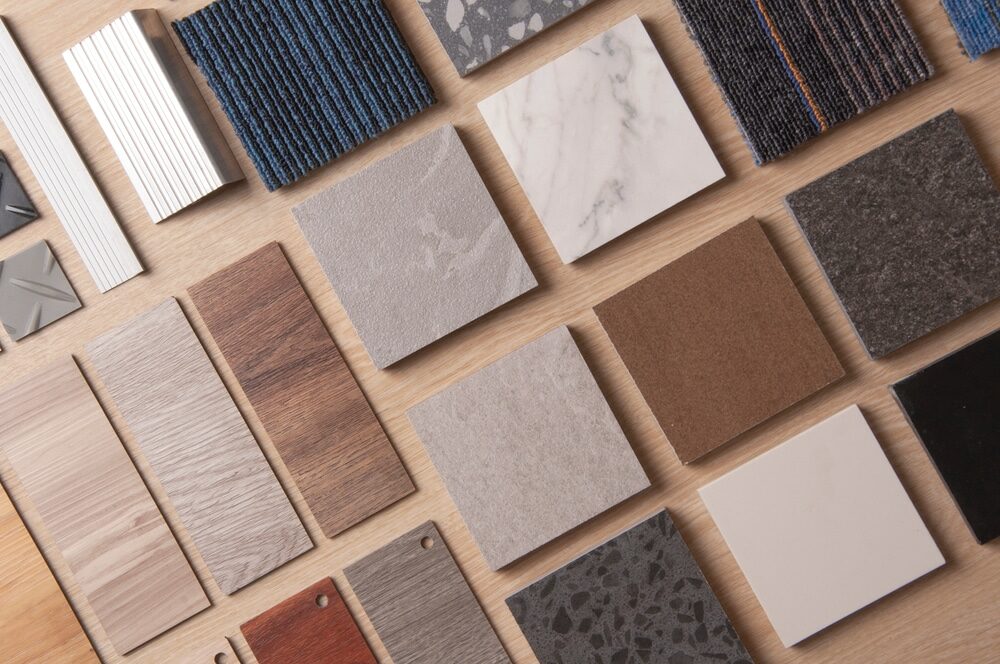
Laminate Flooring
Laminate flooring is a synthetic product designed to simulate wood’s look and feel. It consists of a photographic applique layer over a core layer, typically made of resin and fiberboard materials. Refinishing isn’t typically possible with laminate flooring.
Renovating Solid Hardwood Flooring
Solid hardwood floors are a renovation dream, given their durability and ability to be sanded and refinished. Here are the steps:Evaluate the condition.
Check for deep scratches, stains, and areas of significant wear. Remember, hardwood floors can only be refinished so many times, so evaluate whether a simple refinish will do or if planks need to be replaced.Sanding
Rent a floor sander for this task. Start with coarse-grit sandpaper to remove the old finish and surface scratches. Gradually move to finer grits for a smooth surface. Remember to always sand along the grain.Staining
If you want to change the colour of your floor, apply a wood stain. Test the stain on a small, hidden area first to ensure you’re happy with the colour. Apply the stain with a brush or cloth, following the grain of the wood.Sealing
The final step is to apply a protective finish. Polyurethane is a popular choice for its durability and ease of application. Allow the finish to dry for the recommended time before moving furniture back onto the floor.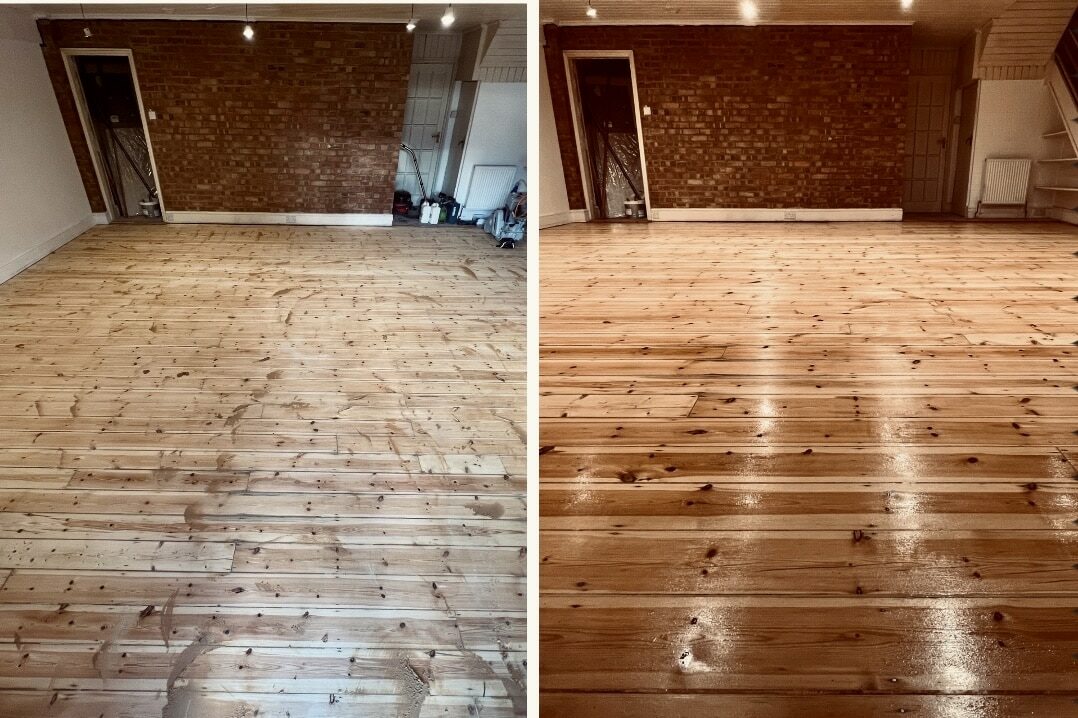
Renovating Engineered Wood Flooring
Refinishing engineered wood flooring is similar to refinishing solid hardwood, but there are some important differences:Assess the Veneer thickness.
Before sanding, check the thickness of the hardwood veneer. If it’s too thin, sanding could expose the lower layers. In this case, you should consider replacing the flooring.Gentle Sanding
If sanding is possible, use a gentle hand or an orbital sander to avoid damaging the veneer. Be careful not to sand too deeply.Staining and Sealing
The process of staining and sealing is the same as for solid hardwood. However, use a lighter touch to avoid penetrating the thin veneer.Renovating Laminate Flooring
Laminate flooring can’t be sanded or refinished. If your laminate floor is worn or damaged, the best course of action is to replace the affected planks.Replacement
Most laminate floors use a click-lock system, which makes plank replacement relatively straightforward. Remove the damaged plank, make sure the subfloor is clean and dry, and then click the new plank into place.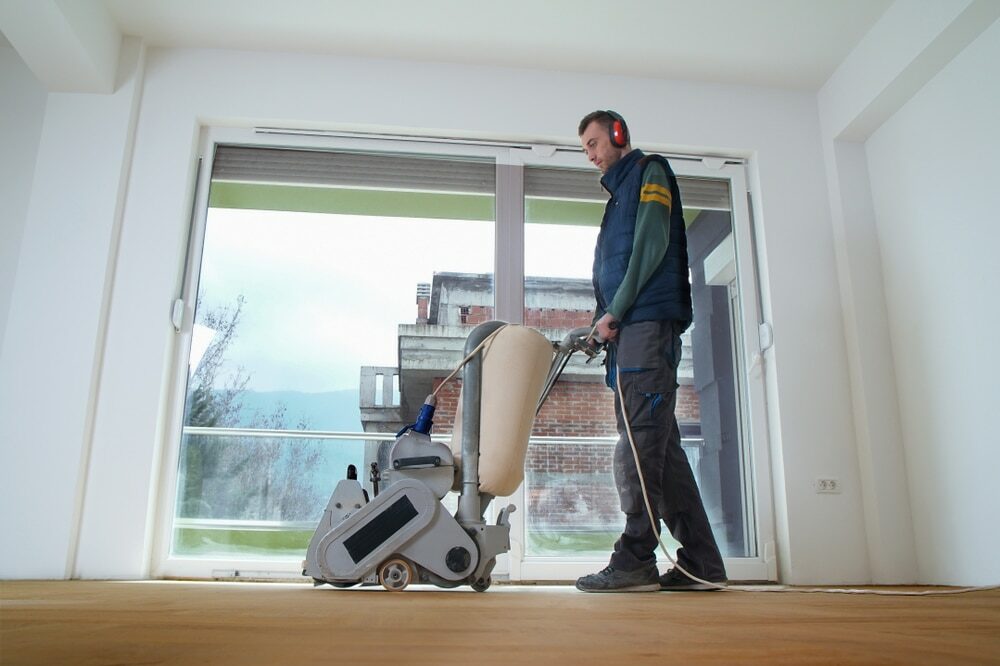
Conclusion: Renovating Wood Flooring in Your Home
Renovating your wood flooring can breathe new life into your home, whether it’s a thorough refinishing of a solid hardwood floor, a careful sprucing up of engineered wood, or a selective replacement of laminate flooring. Remember to evaluate the type and condition of your flooring before beginning, and don’t hesitate to seek professional help if needed. Happy renovating!Some Useful Links:
- Floor Sanding Services
- School Floor Sanding
- Wood Floor Restorations
- Wood Floor Repairs
- Wood Floor Polishing
More from our Blog:
Protecting Your Wood Floors During Winter: Effective Maintenance Tips Sanded Wood Floors or Carpet: Choosing the Best Home Flooring Refinish a Hardwood Floor: Your Comprehensive Guide Drum Sander is best for your Wood Floor Home Repair Wood Floor Stripping and Sanding: The Basics
Sanding
We provide virtually dust-free sanding with our continuous belt machinery with mobile extraction units, giving you a safer environment for your family.
Oiling
This organic finish not only adds beauty to your home but also has exceptional water-repellent characteristics, making it easier to clean and maintain.
Waxing
This natural floor finish offers the softest and most mellow appearance – and leaves your floor able to breath.
Buffing
Using soft buffing machines (and hand-polishing where required) will bring a wonderful sheen to your newly-finished floor.
Repairs
We offer a full assessment of your wooden floors to determine what repairs are needed to provide the perfect working surface for the later stages of sanding, staining and sealing.
Restoration
We offer a comprehensive restoration process designed to address floors that are improperly fitted or damaged over time through wear and tear.
Request a fixed price quote for your wood floor restoration now
Simply enter your postcode below to get started.
Services
Wood Floor Sanding Wood Floor Restoration Wood Floor Scratch Repair Squeaky Wood Floor Repair Parquet Floor Sanding Parquet Floor Restoration Commercial Floor Sanding Church Floor Sanding Community Centre Floor Sanding School Floor Sanding Gap Filling Gap Filling with ResinCopyright © Mr Sander®
Privacy & Cookies Terms & Conditions Complaints Procedure Cancellation Rights Sitemap